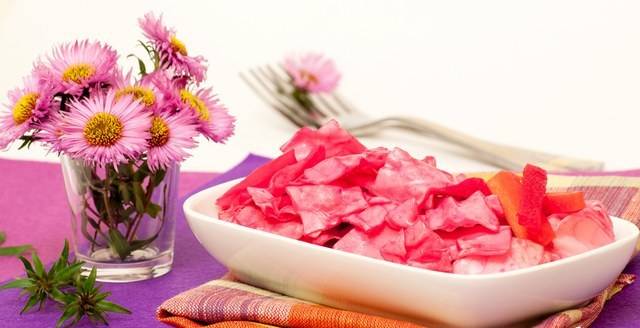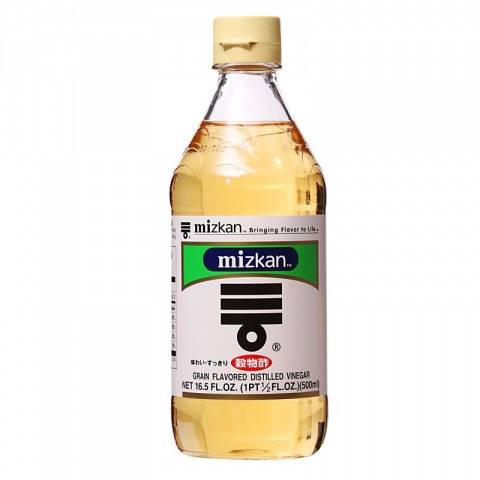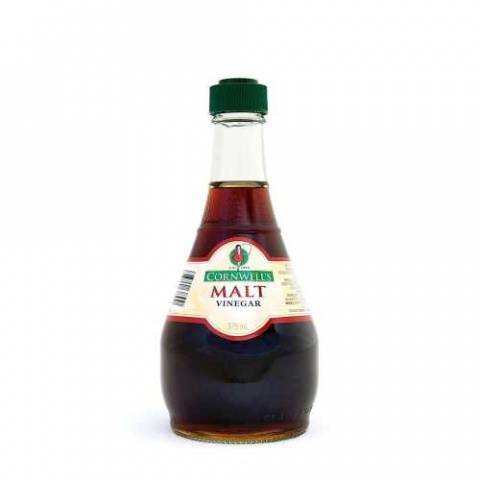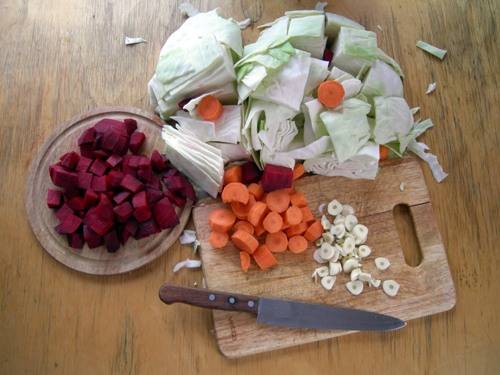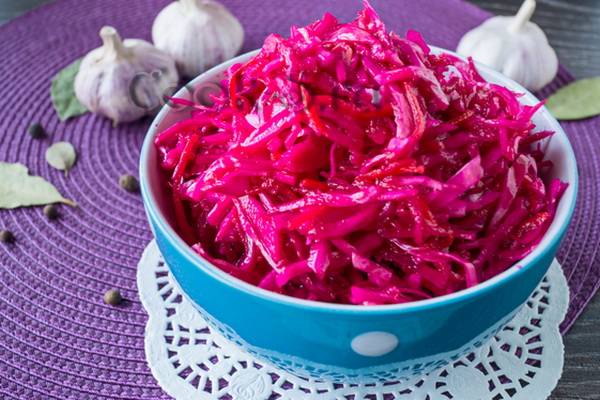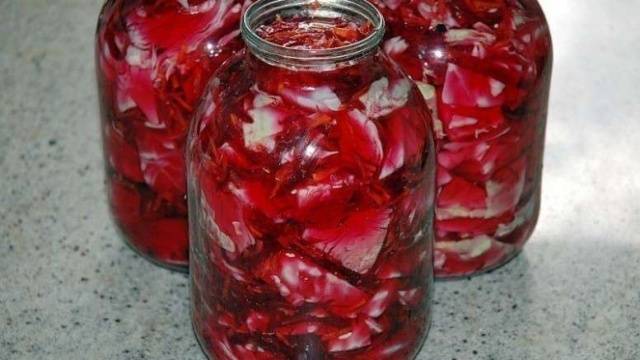It is not in vain that a variety of cabbage dishes are considered the basis of the Russian feast - after all, since its appearance in Russia, both in princely farmsteads and in peasant huts, no one has ever disdained sauerkraut or salted cabbage. In our hasty time, not every housewife has an extra minute to put cabbage on the sourdough with feeling, with sense and soul, and even wait for the allotted time from several weeks to several months until the moment when you can enjoy a fragrant crispy sauerkraut snack.
In the modern world, quick recipes are gaining more and more popularity, so cooking quick pickled cabbage will most of all arouse the interest of housewives. After all, it is pickling that allows you to taste a cabbage dish in a few hours, and in a day it will be able to acquire a completely finished taste and aroma. A pickled cabbage with beets instant cooking is considered one of the most elegant and delicious dishes that can be made from cabbage. It is quite suitable for both a daily menu and a festive feast.
What is needed for pickling cabbage
How to pickle cabbage with beets will be discussed in this article. But before delving into the intricacies of the recipes, it is necessary that inexperienced chefs understand what exactly makes pickled cabbage.
It is he who allows you to speed up the fermentation process at times and in the shortest possible time to get a delicious salad, which tastes little different from fermented and salty dishes.
But on the other hand, not everyone likes the vinegar flavor in ready-made dishes, and many people leading a healthy lifestyle often refuse to use ordinary table vinegar in their preparations on principle. What advice can you give in such cases?
First of all, it must be borne in mind that, in addition to traditional table vinegar, there are many varieties of natural vinegar in the world. Their use is even good for health, but the taste is much softer and is able to satisfy the most demanding requirements of real gourmets. After all, natural vinegars are obtained as a result of fermentation of alcohol-containing liquids like grape wine, apple cider, beer wort and others. Due to the rich composition of the initial components in finished products, in addition to acetic acid, you can also find malic, lactic, citric, ascorbic acids, as well as esters, pectin substances and many other organic compounds that give natural vinegar a pleasant aroma and mild taste.
Most often, the following types of natural vinegar are used for pickling:
- Apple vinegar, which is made on the basis of apple cider. Cabbage pickled with apple cider vinegar gets a delicate apple aroma and sweetish taste. If you have apples growing in your garden, then the easiest way is to make apple cider vinegar with your own hands and then use it for a variety of salads and preparations.
- Wine vinegar can be prepared with white or red wine.It is capable of imparting a tart and unique taste and a slightly woody aroma to cabbage pickled with beets. There is also balsamic vinegar, but thanks to many years of aging in special conditions, it is so valuable that only true gourmets can afford to use it for pickling.
- Rice vinegar is very popular with lovers of Asian cuisines. Its richness in amino acids makes it one of the healthiest varieties of vinegar. If you are thinking of pickling cabbage with its use, a light touch of oriental exoticism is guaranteed to you.
- Malt vinegar made from fermented beer wort, and is most common on the islands of Great Britain. It is rarely found outside their borders, but if you are lucky enough to get it or even make it yourself, then pickled cabbage will have a delicate and mild taste with a fruity aroma.
Quick recipes
There are many quick recipes for pickled cabbage with beets, but among them are those that are prepared in just a few hours and the so-called daily recipes. The difference between the two is mainly in the way the cabbage heads and other vegetables are cut into the recipes. For super-fast production of pickled cabbage with beets, cabbage heads are usually chopped into narrow slices, or thin slices no more than 4x4 cm in size. Carrots and beets are most conveniently grated.
But when making daily pickled cabbage, the size of cutting and its method does not matter, moreover, small cabbage heads are often cut into only 6-8 parts. And carrots and beets are often cut into thin slices.
These methods also differ in the composition of the ingredients for the marinade, but so insignificantly that the recipe for the fastest method can be used to cook cabbage in a day and vice versa.
The table below shows the difference in ingredient composition for both cooking methods.
Necessary components | Cabbage in 4-5 hours | |
Cabbage | 2 Kg | 2 Kg |
Carrot | 2 pieces | 2 pieces |
Beet | 1 large | 1 large |
Garlic | 3-4 cloves | 1 head |
Purified water | 200 ml | 1 liter |
Salt | 1 tbsp. the spoon | 2 tbsp. spoons |
Sugar | 100 g | 100 g |
Table vinegar 9% | 100 ml | 150 ml |
Sunflower oil | 130 ml | 150-200 ml |
Allspice and hot peppers | — | 3-5 pieces |
Bay leaf | — | 2-3 pieces |
The process of cooking cabbage itself is very simple. Mix the vegetables chopped in a suitable way with the chopped garlic pieces in a separate container. Set aside and prepare the marinade.
To prepare the marinade, mix water with salt, sugar, heat to a boil, pour in sunflower oil and add spices if necessary. Wait until the mixture boils again and remove from heat. At the end, add the required amount of vinegar.
With the fastest method, place all the vegetables in a glass jar and gradually fill them with boiling marinade. At first, it may seem like the marinade isn't enough to cover all the vegetables. You need to wait about 20 minutes until the juice comes out. Then there should be enough liquid. Cover the jar with a loose lid and leave to cool at normal room temperature. After about 5 hours, the cabbage can be served. During this time, it will acquire a beautiful beetroot shade and lightly salted taste and aroma.
If you prefer a recipe for cooking cabbage for a day, then it is better to leave the vegetables in a saucepan, also pour boiling marinade over them, then press on top with a lid or plate and put a small load.Under these conditions, the cabbage will be completely ready for serving after a day.
By using the recipes above and experimenting with different varieties of vinegar, you can surprise your guests and your home with the varied flavors of this beautiful cabbage dish.
